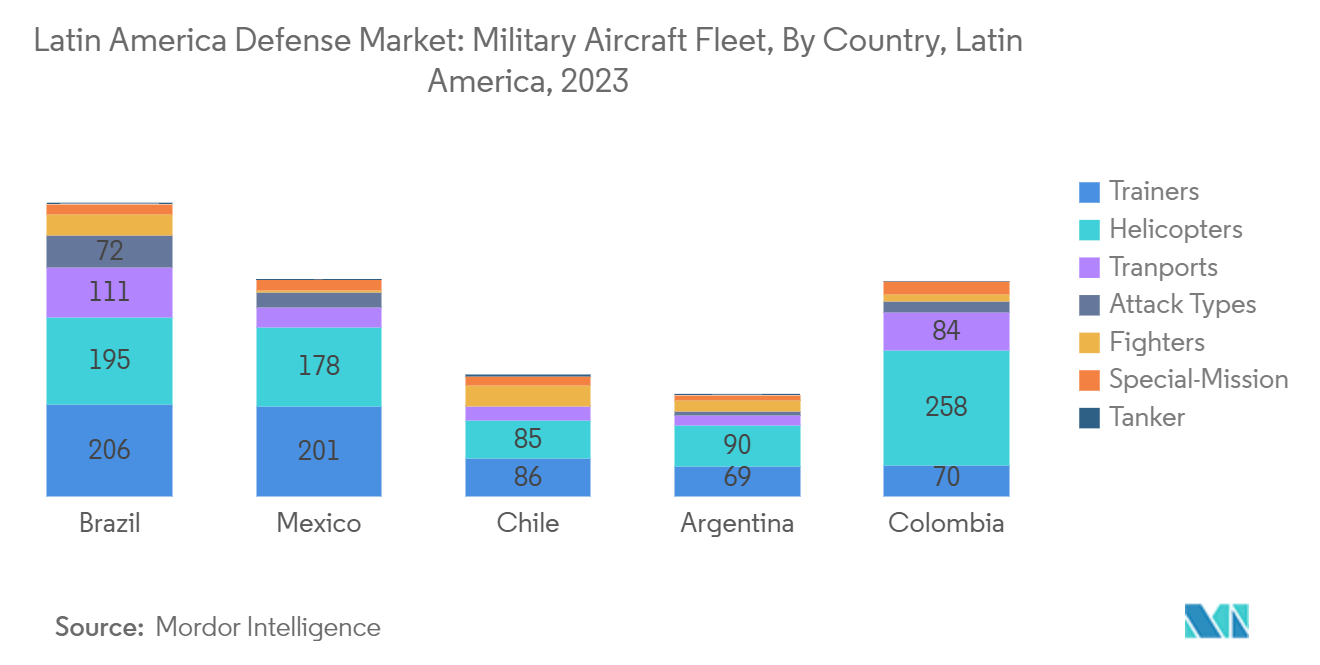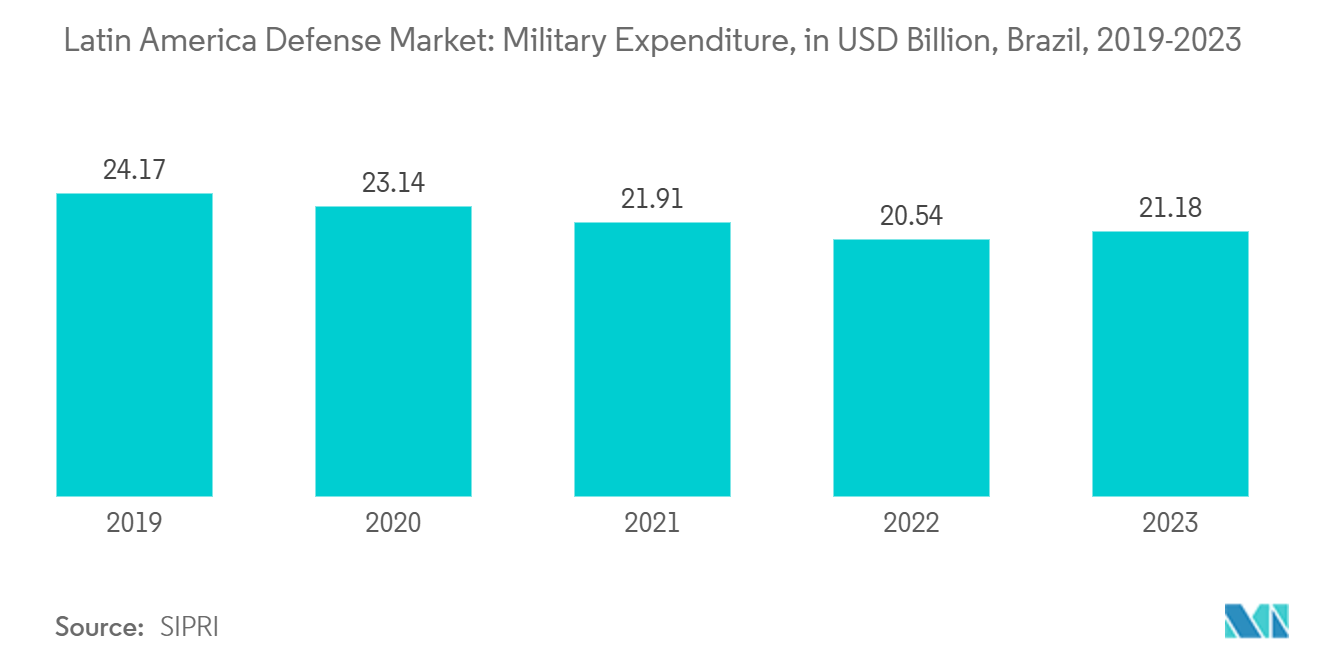Market Trends of Latin America Defense Industry
The Air Force Segment Dominates the Market
Heightened investments in advanced fighter jets, surveillance drones, and missile defense systems underscore the region's emphasis on air dominance and strategic aerial capabilities, granting the Air Force segment a significant market share. Rising geopolitical tensions drive defense budgets, leading to increased procurement and modernization of military aircraft and helicopters, marking a notable transformation in the Air Force segment.
As of December 2023, Brazil's Air Force boasts an active fleet of 448 military aircraft and 29 helicopters. Mexico's Air Force operates 268 aircraft and 118 helicopters; Chile's has 153 aircraft and 29 helicopters; Argentina's fields 101 aircraft and 26 helicopters; and Colombia's Air Force has 135 aircraft and 137 helicopters. Countries with operational fleets are ramping up maintenance and repair efforts to ensure peak reliability and readiness, driving heightened demand in the industry. For instance, in June 2023, Embraer secured a contract with the Brazilian Air Force for a midlife upgrade program on the A-29 Super Tucano aircraft, ensuring its operational capabilities and lifespan enhancements.
In the Latin American defense market, especially among air forces, there's a notable uptick in the demand for Unmanned Aerial Vehicles (UAVs). This surge is primarily due to the increasing need for surveillance, reconnaissance, and combat capabilities. Countries across the region are investing in UAVs to bolster defenses against threats like drug trafficking, illegal fishing, and border security challenges, drawn by their versatility and cost-effectiveness.

Brazil’s Defense Market is Witnessing Fastest Growth in Forecast Period
Brazil's defense market is rapidly expanding, driven by escalating security challenges, notable increases in defense budgets, investments in UAV and cybersecurity technologies, and enhanced military infrastructure through international collaborations and modernization efforts. In 2023, Brazil allocated around USD 22.9 billion to its military, a 3% increase from the USD 20 billion spent in 2022. This rise in military expenditure is linked to growing crime rates, narcotrafficking at borders, illegal mining, smuggling, and tensions with neighboring countries such as Argentina and Uruguay.
The augmented budget bolsters border security enhances surveillance and intelligence capabilities, and fortifies defense infrastructure. Brazil's defense, security, and aviation sectors play a pivotal role in the Southern Hemisphere, which is essential for regional stability and addressing diverse security challenges. With one of the region's most capable armed forces, Brazil aims to amplify its power-projection abilities, intensify surveillance over the Amazon and coastal waters, and advance its defense industry. Furthermore, Brazil is modernizing its military platforms and large-caliber weapons to strengthen its armed forces.
Under the new PAC, the Brazilian Air Force emphasizes the renewal of its fighter aviation fleet, spearheaded by the Gripen fighter acquisition. Brazil intends to order four additional Saab-Embraer F-39E jets in addition to the 36 already secured and is contemplating another batch of at least 30 F-39E fighters. Such developments will drive the market across the country.


